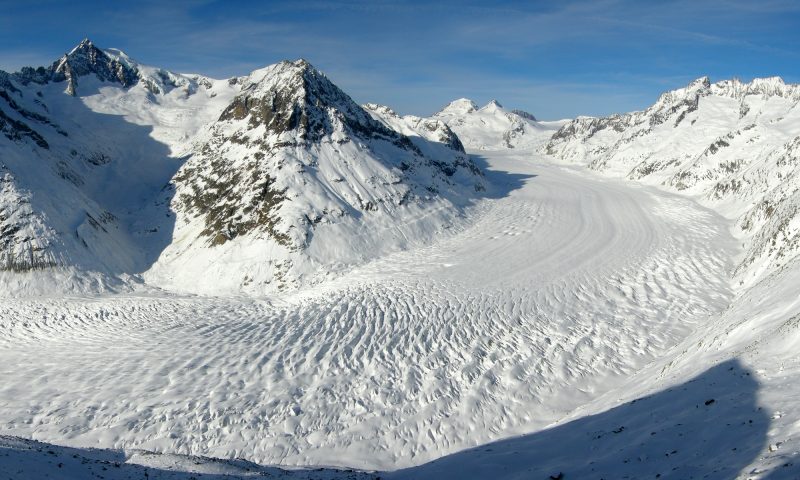Discover in this article some recent discoveries …
1 – Resurfacing treasures
With global warming and mild temperatures at altitude, relics that have been trapped in glaciers at altitudes of more than 2,500 metres for centuries, or even millennia, are resurfacing.
These treasures can be diverse and varied; precious stones, plane crashes, lost ancient civilisations, the mountains and the melting glaciers reveal many surprises…
Here are some examples of treasures that have recently resurfaced:
- In 2013, a mountaineer in the Mont Blanc came across a metal box. Inside were hundreds of precious stones, packed in bags. The bags read “Made in India”.
The gems were analysed by a local jeweller. The verdict: the treasure is worth between 130,000 and 246,000 euros!
Eight years after the discovery, the Chamonix town hall and the mountaineer who made the find finally shared 300,000 euros worth of gems, a sum that was later revised upwards.
- From a historical point of view, the 3rd millennium BC equipment from the Schnidejoch and the remains of the “mercenary” from the early 16th century from the Théodule Pass are the most emblematic discoveries of recent decades in the canton of Valais.
- Exhibitions also highlight these finds, such as the “Mémoire de glace: vestiges en péril” exhibition at the Valais History Museum.
It allows visitors to discover rarely exhibited items: hunting gear from the third millennium B.C., snowshoes dating back nearly 6,000 years, clothing from all eras and the shoes of the Dumoulin couple, who disappeared in 1942 on the Tsanfleuron glacier in Savièse.
It should be noted that the majority of discoveries on the glaciers are not made by archaeologists but by guides, hikers or ski lift employees.
2 – Environmental impact
Beyond preserving treasures for centuries, glaciers are of vital importance to the environment and the society that depends on them.
Glaciers concentrate nearly 70% of the world’s freshwater in solid form and are crucial to sustaining life on earth.
Glaciers are our freshwater reserves, essential in summer when rainfall is scarce. Their melting feeds the rivers in Europe. If these glaciers disappear, rivers will depend solely on rainfall.
The melt in the summer of 2022 was quite exceptional: up to ten times the average of the last ten years. This is in addition to a particularly mild and dry winter, which did not allow the glaciers to accumulate enough snow.
In Switzerland, and more particularly in the Upper Valais, on the Rhone glacier, glaciologists from the Swiss Federal Institute of Technology in Zurich estimated that the ice cover decreased by an average of 10 centimetres per day over this period.
3 – A glimmer of hope?
Ice melts and does not reform. This is a fact that we often hear when we talk about climate change and ice.
However, in a study published on Monday 25 March in the specialist journal Nature Geoscience, researchers from Nasa’s Oceans Melting Greenland project reveal some surprising data. After 20 years of melting, the Jakobshavn Isbrae glacier has reversed the process since 2016, reveals National Geographic.
The cause of this restructuring of the melt is: a pulse of cold water from the North Atlantic. While this trend remains too small at this stage to have a real impact on the Earth’s global environment, it does serve as a reminder that we still have a lot to understand about how climate change will manifest itself.

